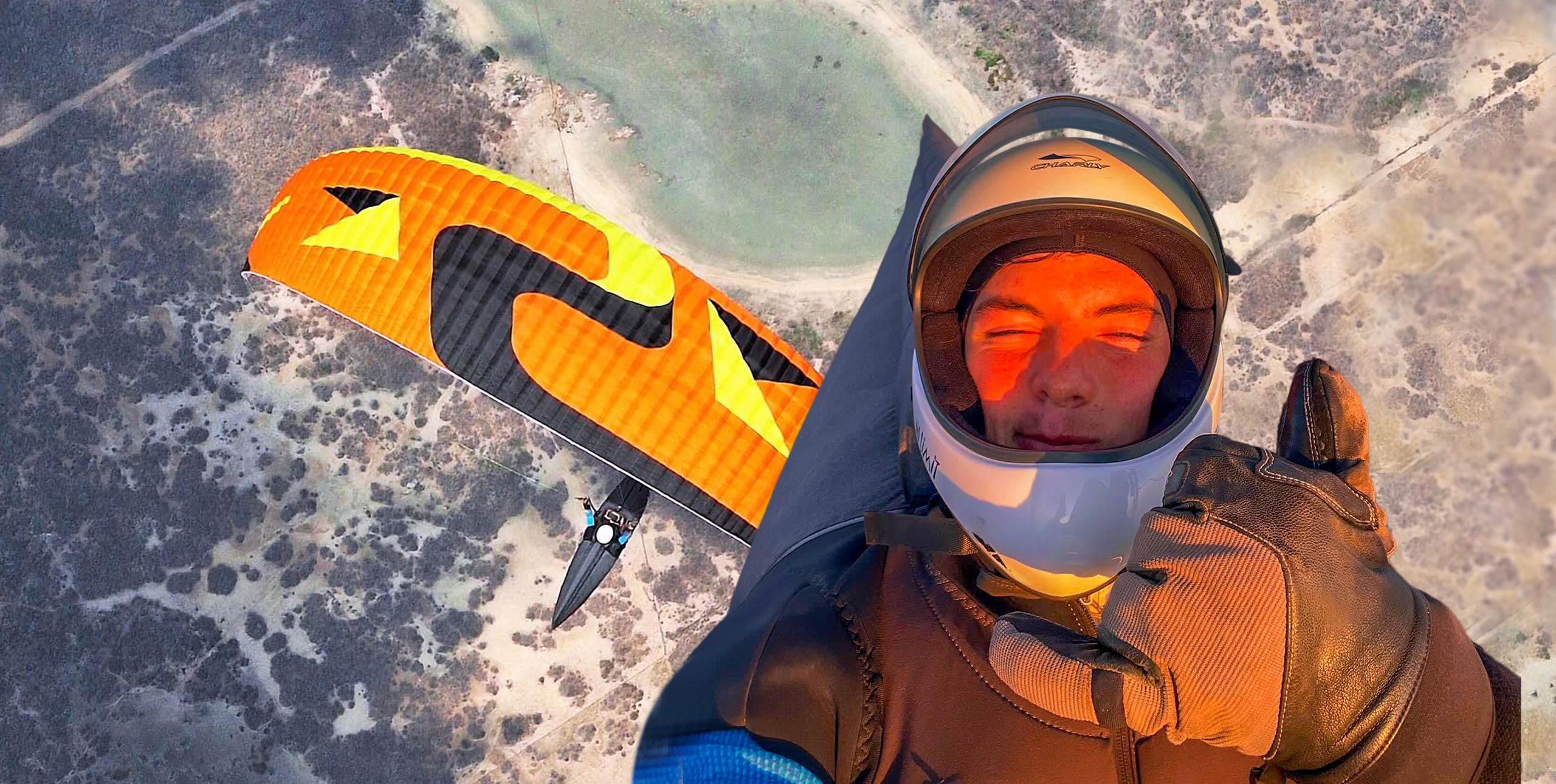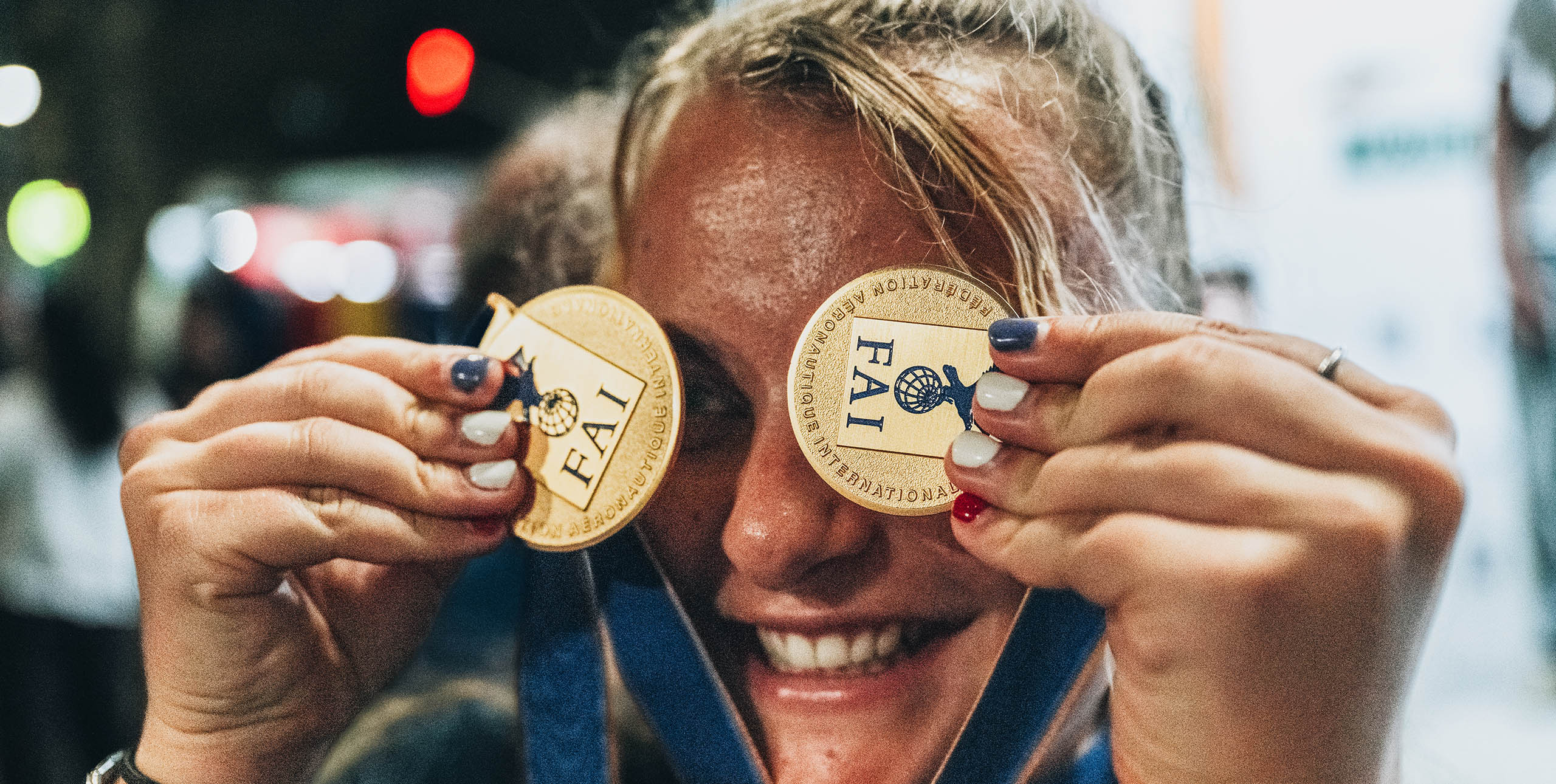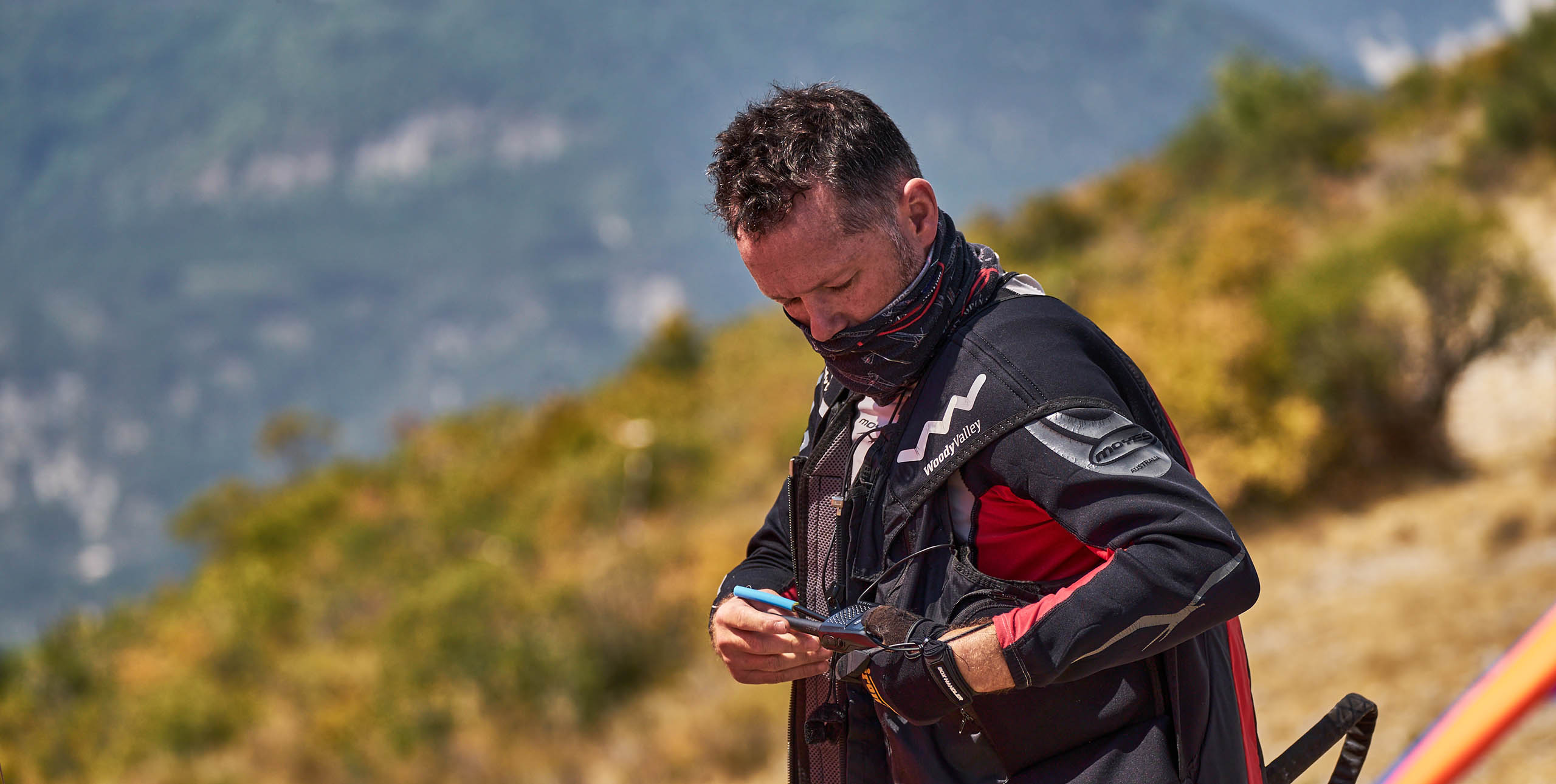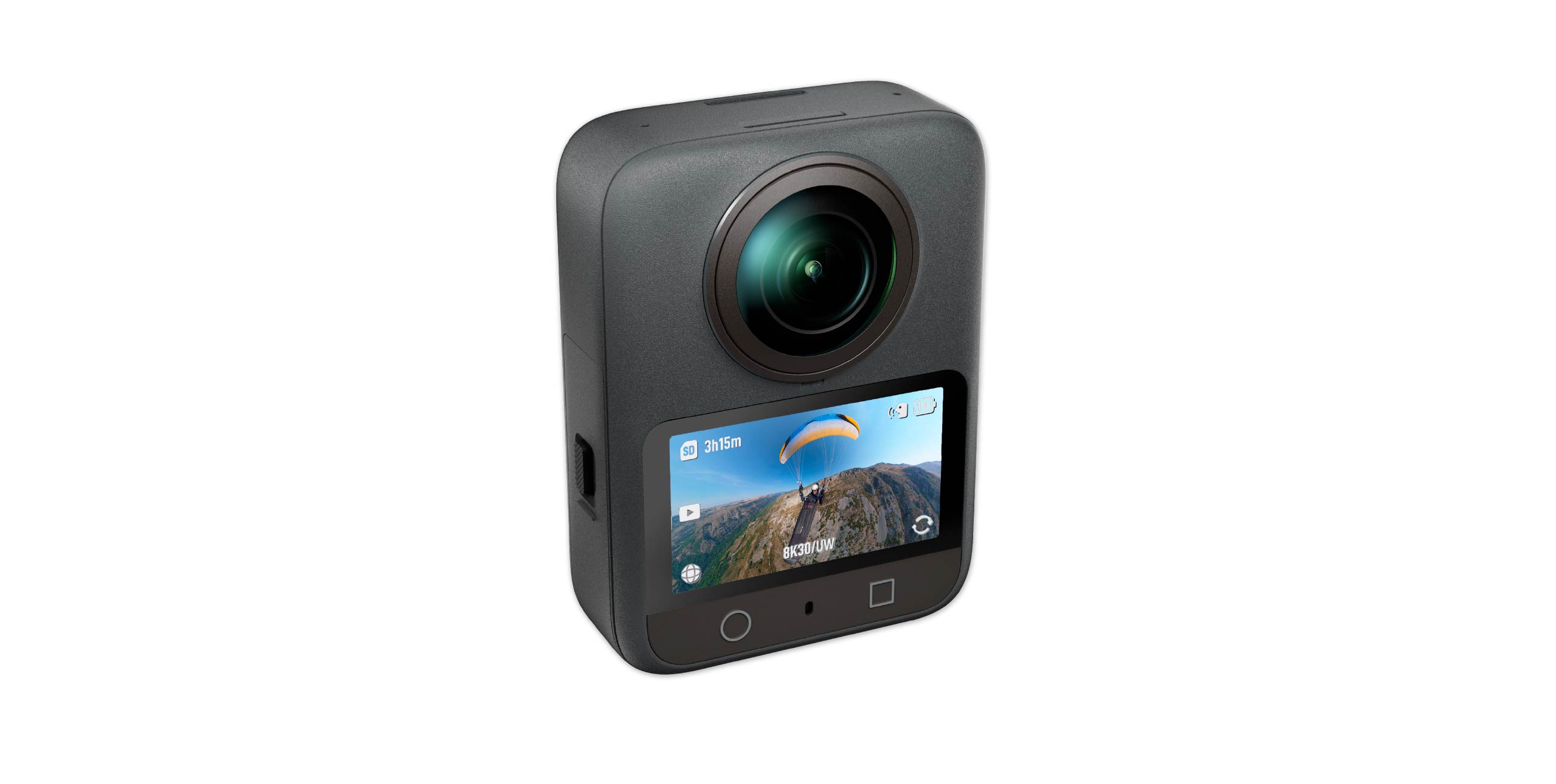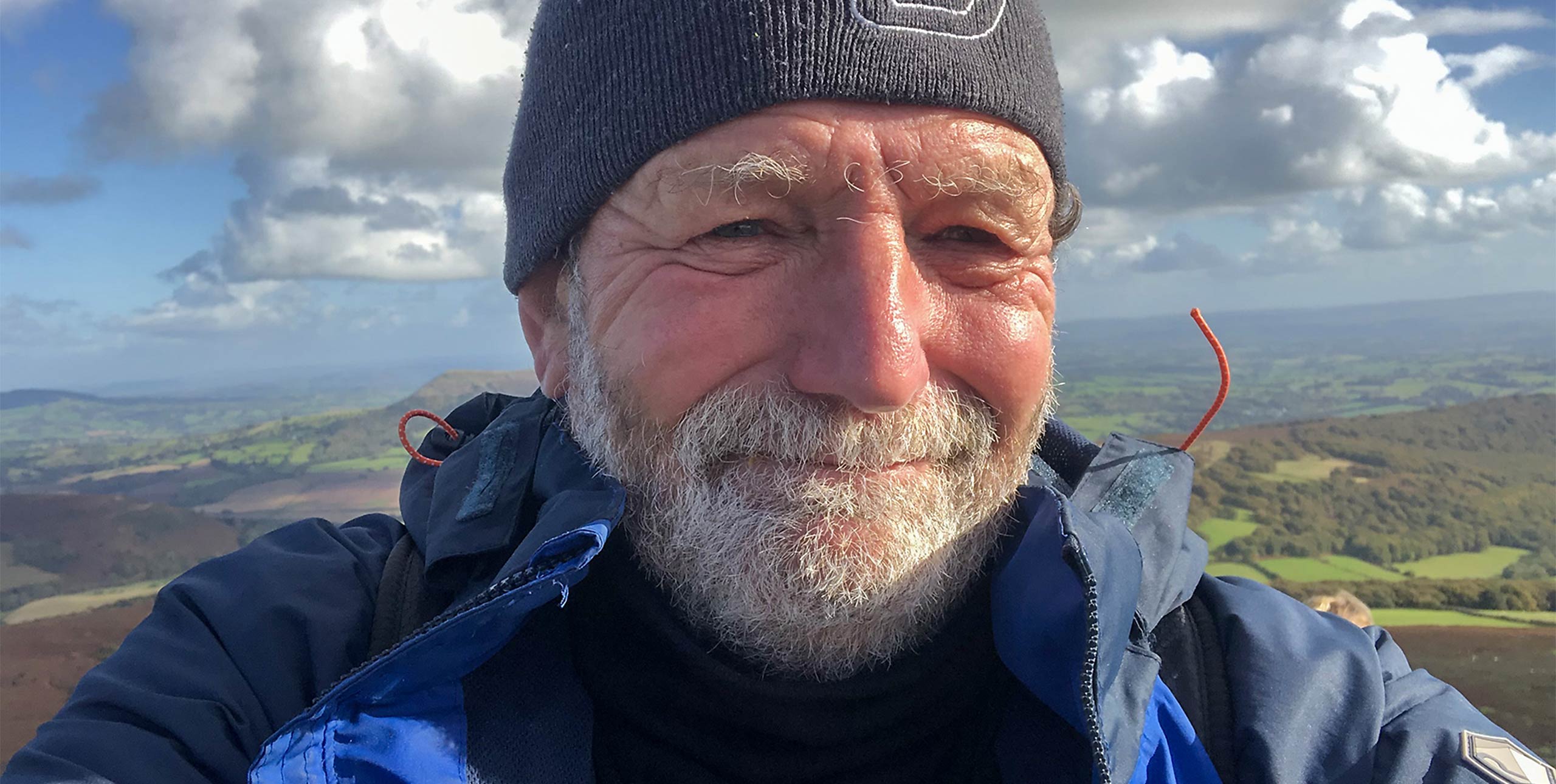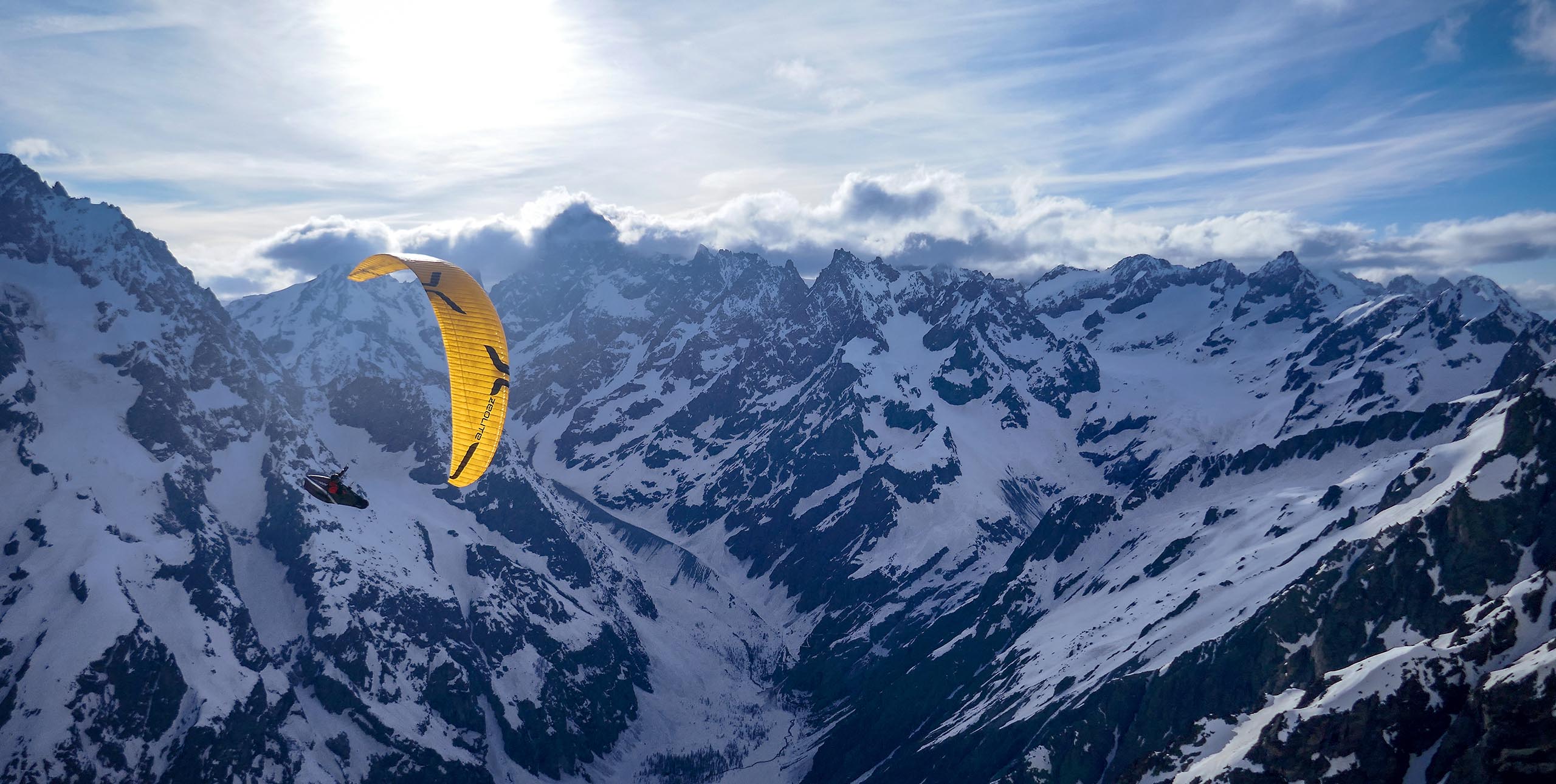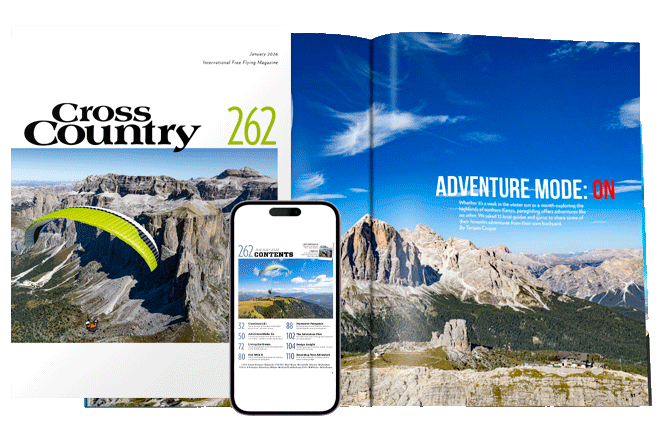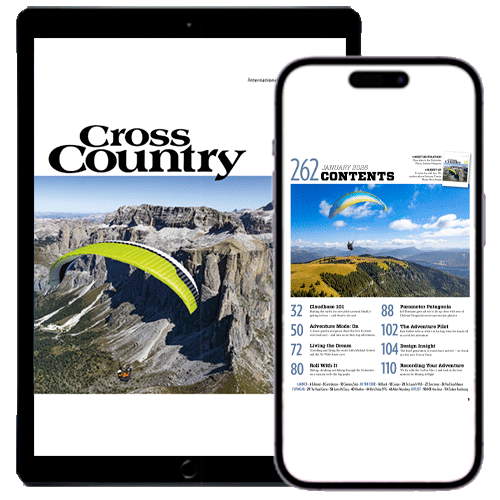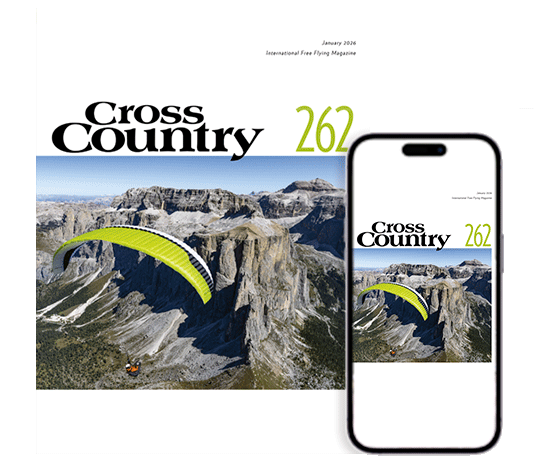The view from above … Hang gliding in Ceara in 2009
Take a small group of the world’s best hang glider pilots, offer USD$15,000 prize money, throw in a helicopter, ten 4-x-4 retrieve vehicles, a trike, a bus and one truck, limit the entries to 30 pilots only and add an organised and positive leader and you’ve got … one of the most exciting competitions that hang gliding has ever seen. Published in Cross Country magazine in 2004
The Ceara Hang Gliding Race and Rally (3-7 September 2003) was the first competition of its kind, the aim being to fly right across the Brazilian state of Ceará by hang glider, using different launch sites en route across the state. A sort of bivvy race using hotels!
Ceará is a beautiful though poor and drought-plagued region, in Brazil’s far NE. The competition was structured like no other that I’d ever been to. Each day the pilots would fly north to a goal near the next day’s take off. After five days and 555 kilomtres, the race would finish on the beach at Camocim.
Organisor Chico Santos, the father of XCeará and the Peugeot Sao Paulo Race and Rally, developed the CearAR Race and Rally concept after a request from the state government to help develop Ceará as Brazil’s “extreme sports state”. Along with expert scorer Jose Luiz Jellose, they made for a powerful team of experience, knowledge and motivation.
Scoring of the CearAR Race and Rally placed more emphasis on distance than speed therefore encouraging pilots into goal rather than racing them into the ground.
One of the immediate changes we noted as we headed into Ceará was the deterioration of the roads. Potholes and massive speed humps with no warning signs, and poverty-stricken villages steadily grew in number as we headed further north.
Eventually, after a hellish 28-hour non-stop road trip from Brasilia, we arrived at the starting point in Juazeiro do Norte. The Pousada Recanto da Lagoa resort was our meeting point and first headquarters.
Early on the morning of the first day of competition, Chico welcomed us with breakfast by the pool. The teams, each consisting of pilot and crew, were well rested by now and we were all given a survival pack including the day t-shirt bringing us immediately together as a team. We packed our basic necessities for the trip keeping things orderly and simple and then went to the official briefing.
Chico said the task was simple: 555km to the beach at Camocim! We all grinned, somehow not truly grasping the enormity of the concept but we were certainly ready to give it a shot.
Before we knew it, we were packed and on the way to take-off and soon arrived at a low and rocky cliff launch just above the township. Launch, at the site of the Padre Cicero monument was packed with children lining up for autographs, caps and the pilots’ extra ballast (spare change).
The day offered gusty, though flyable, conditions for the first leg of the task, 95km north to the airport at Iguato. Initially the task was a little daunting with 15km of forest, but after that it was cloud streets all the way. At goal hundreds of spectators gathered for autographs. Hideaki Nagamitsu (JPN) became instantly famous in Iguato for writing his autographs in Japanese.
The daily prize of USD$300 went to America’s Curt Warren with Canada’s Brett Hazlett potting the USD$200 second place. In total 19 pilots made the full distance to goal. Day winner Curt said of the task “After launching I just switched on. You had to get high to pass the first range of hills taking a thermal when you left, and after that you just flew fast.”
Our hotel for the night was the ’Exposicao’ in the centre of town. On arrival we took a quick swim in the pool, were fed and then herded off to the official presentation at the > Iguato carnival. The top three place-getters for the day were called onto the podium amidst loud music, Forra dancers and thousands of spectators to collect day prizes. And this was just the first task!
After a late (but awesome) night and little sleep we boarded the official transport to the never-flown Iguatu launch (220m) where a Brazilian radio station had set up to welcome us. Music comes in two varieties in Brazil. Loud, and loud but distorted. Some pilots fitted their earplugs whilst setting up!
Conditions were not inspiring considering the planned long task to Quixadá (pronounced Keesh a dar), 155km away.
The Iguatu launch was pretty standard, except for its ramp, or “Humpa” in Portuguese. The locals had only recently built it, specifically for the competition. Made from branches taken from below launch it was simply a stack of rickety stakes with a cement slab on top, not very confidence inspiring.
The day started off clear but slowly shut down, becoming totally overcast and drizzly. Regardless of the naff conditions, everyone set up. Hopes started to build when patches of blue sky began to show mid-afternoon. Due to the conditions it was mutually decided to have an open XC task to the same goal with points not going to the overall scoring.
The first pilot to launch was Australia’s Johnny Durand Jnr. After the official speeches and ribbon-cutting by the mayor he was off and immediately into surprisingly good lift. One by one pilots launched and headed out on course. No one made goal mainly due to the long task, short day (being winter in Brazil) and the late start.
Johnny Jnr won the task, followed by fellow Australian Phil Pritchard and they were immediately swamped by scores of kids on landing. Johnny said “It was a special moment being the first to launch from the ramp. I landed 40km short of goal due to too few roads and a lack of landing areas ahead. Phil and I landed together. On landing kids ran to us from every direction. Phil said, ’How do we pack up?’ I told him I had a plan. I’ll sign autographs, you pack up, and then we’ll swap. It worked. Then it was off to the mountain retreat. We felt like the champions of the day.”
The Pedra dos Ventos Resort on top of the Quixadá range wasn’t far from take off. Unfortunately most pilots missed most of the luxuries with a long night driving along sandy tracks trying to make it back. Once there, they were fed, handed a few Caipirinhas (typical rum and lime-based drink), then swam in the beautiful pool under the moonlit sky before falling into bed. Life was indeed beautiful again.
Quixadá is a very dry and windy region. Looking out from the dining room over the flatlands the next morning we knew it would be an epic flying day. Most pilots hadn’t been to Quixadá but had heard all about its magic. Everyone reckoned Mario Alonzi would be the man to beat as holder of the Brazilian distance record set here in 2001.
At take-off it was unbearably hot. Goal was located at Sobral, 225km to the NW with a 15km start cylinder. Everyone was off fast, hooking their first thermal and quickly clawing their way up into the cooler air. Brett Hazlett described the area as flatlands with rocky mountain outcrops that represented blunt teeth.
A third of the field made the 225km task, confirming the area’s big distance potential and also everyone’s prediction of Mario Alonzi as the expert on the area. Curt Warren came in second with Brazilian pilot Franando Azevedo in third place.
The next morning we woke to the lively early morning sounds of Sobral, population 150,000, situated in the middle of … well … nowhere! Today, we were off to the beach. We packed our bags, remembering to take our swim gear for “the arrival”.
After driving up a 4WD track from hell via a beautiful rain forest we arrived to be greeted by a mind-blowing view from the top of the Sobral ramp, overlooking the amazing dried-out flatlands from 800m.
Chico gave out the GPS co-ordinates for the Bon Vista five-star resort, final goal at 95 km, and our accommodation for the night. Everyone lined up ready to start the final leg of the course, and a swim in the ocean at the finish.
Once airborne, a strong tailwind pushed pilots into goal at Camocim with most of them making it. A 500 metre cylinder covering the beach, airport and Love Island was given as the virtual goal.
It was an amazing moment at goal, knowing we’d made it. The pilots had flown more than 555kms across the state of Ceará to land on the beach at goal in Camocim. Chico had reached his goal, pilots had pioneered flight across the state, and we drank Caipirinhas in the massive resort pool, reflecting on the week that had gone by.
Curt Warren won the comp overall and Tommy Weissenberger won the day. Tommy describes the day: “After launching you could see the coastline of Camocim > with magnificent blues and greens reflecting off the ocean. With the expected sea breeze I flew a bow towards goal to compensate.
“I took the Love Island landing option, being high enough to make it over the passage and landing just 10 metres from the water’s edge. Brett Hazlett landed shortly after. We packed up with lots of help, and jumped into a boat, which took us back to the mainland. We didn’t have any money so we took off our new t-shirts and offered them as payment.”
That evening the parties started and never really ended.
The following day Chico dragged everyone onto the buses and 4WD’s to head back to dusty Sobral for one last local task. It turned out to be much more fun than expected after leaving Camocim.
One by one the pilots took off, performed aerobatics on the way down and tried for a spot landing. Hundreds of spectators turned up to watch and were treated to a veritable feast of broken carbon fibre.
Japanese pilot, Hideaki, overshot unexpectedly making his way through the spectators to land in the caatinga (thorny salt bush). Unhurt, he brushed off the dust and laughed.
Spot Landing –
Local Task Winners
1st John Durand Jnr 2m USD$ 200
2nd Kraig Coomber 2,4m USD$ 100
3rd Thalis Pacheco 3,2m USD$ 100
The main presentation followed at the landing field, crowning American team member Curt Warren as overall champion of the CearAR Race and Rally, and everyone headed back for departure that night. Too soon, it was all over.
Chico was more than happy with 90% of the total distance covered. This was a fantastic journey which none of us will ever forget. It was a journey of discovery or, as Curt Warren said “We’re like pioneers, discovering new areas and exploring new possibilities.”
Chico Santos has a company promoting action sports, events, competitions and tourism in Brazil. Visit him at www.goup.com.br/cearar
CearAR Race and Rally Total Results
T 1 92.5 km
T 2 225.6 km
T 3 95.5 km
Place Pilot Country Glider Points USD$
1 Curt Warren USA Litespeed S 2980 2,000
2 Mario Alonzi FRA Aeros Combat 2 2954 1,500
3 Brett Hazlett CAN Litespeed S 2933 1,000
4 Tom Weissenberger AUT Litespeed S 2908 800
5 Gustavo Saldanha BRA Litespeed S 2900 600
6 – 10th 500
11 -20th 200
21 – 30th 100
What did the pilots think of the CearAR Race and Rally?
Kari Castle (USA): “The Ceará brought back the spirit of cross country flying in its purest form.”
Brett Hazlett (CAN): “Surreal. I’m excited about flying again.”
Johnny Durand Jnr (AUS): “I like the concept of flying across the state, utilising different launches, staying in different towns, exploring new terrain and then landing on the beach.”
Pete Lehmann (USA): “Great idea, great concept, needs a little refining and suited to the experienced pilot only.”
Tom Weissenberger (AUT): “What we need are more organizers like Chico Santos. This is what we have been waiting for. I’m happy to have been a part of this.”
Mario Alonzi (FRA): “When I flew 432km here in 2001 the conditions were lighter. I think it must be possible to fly more than 500km. We are only 1 degree south of the equator and the sun sets very early. Ceará has many possibilities.”
• Got news? Send it to us at news@xccontent.local. Fair use applies to this article: if you reproduce it online, please credit correctly and link to xcmag.com or the original article. No reproduction in print. Copyright remains with Cross Country magazine. Thanks
Subscribe to the world’s favourite hang gliding and paragliding magazine


